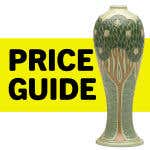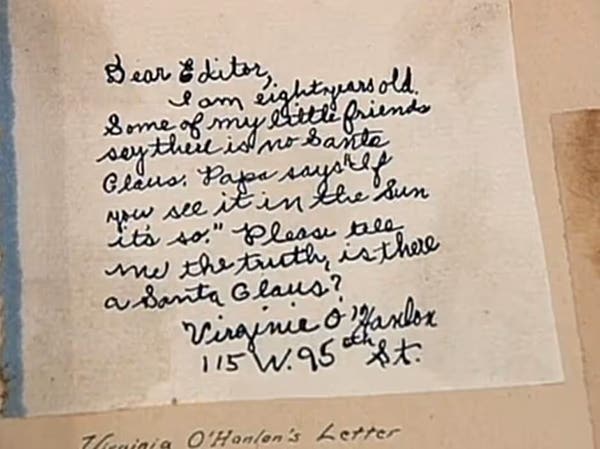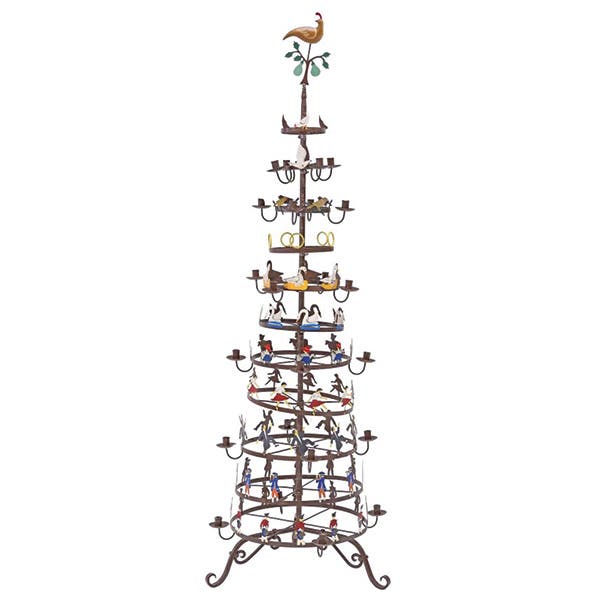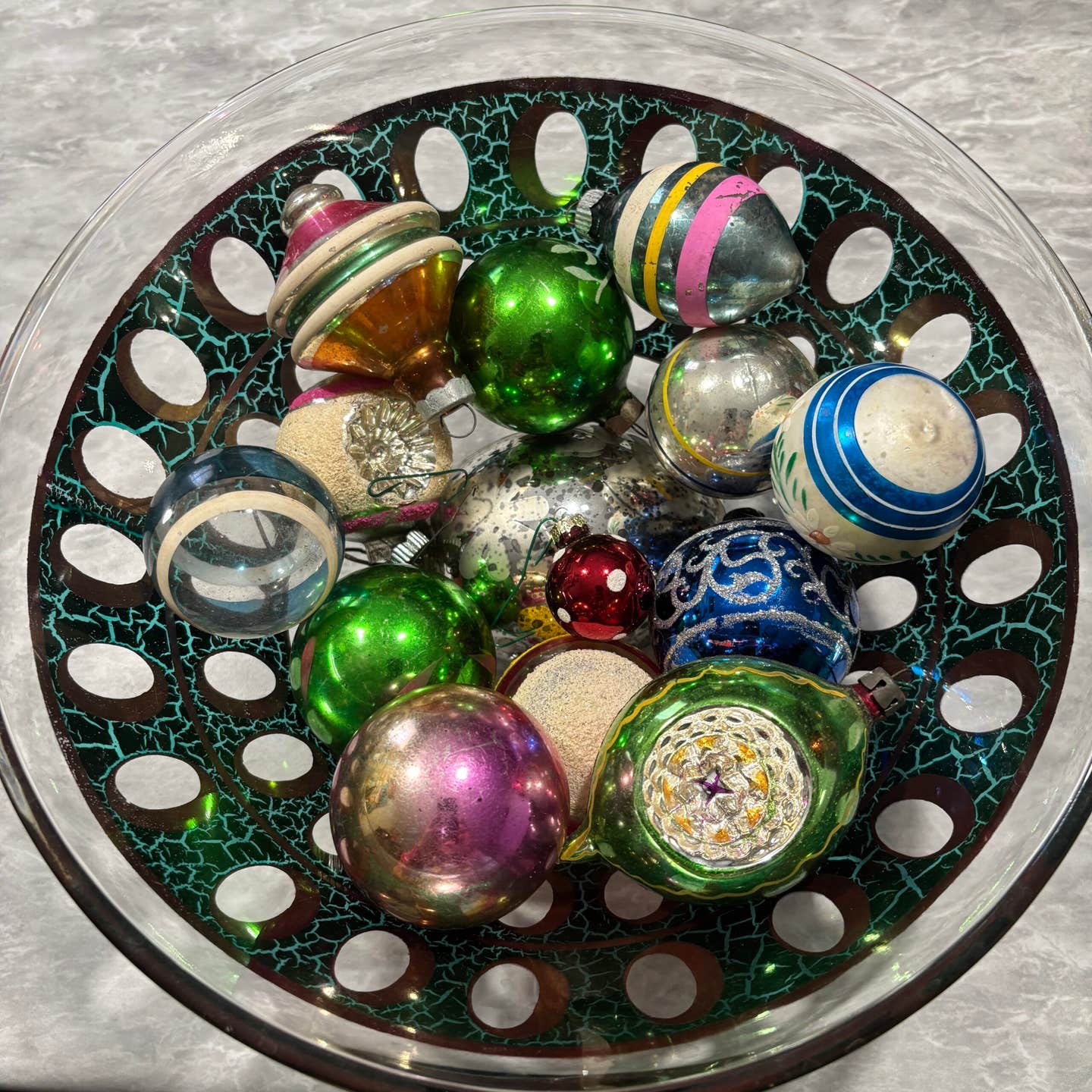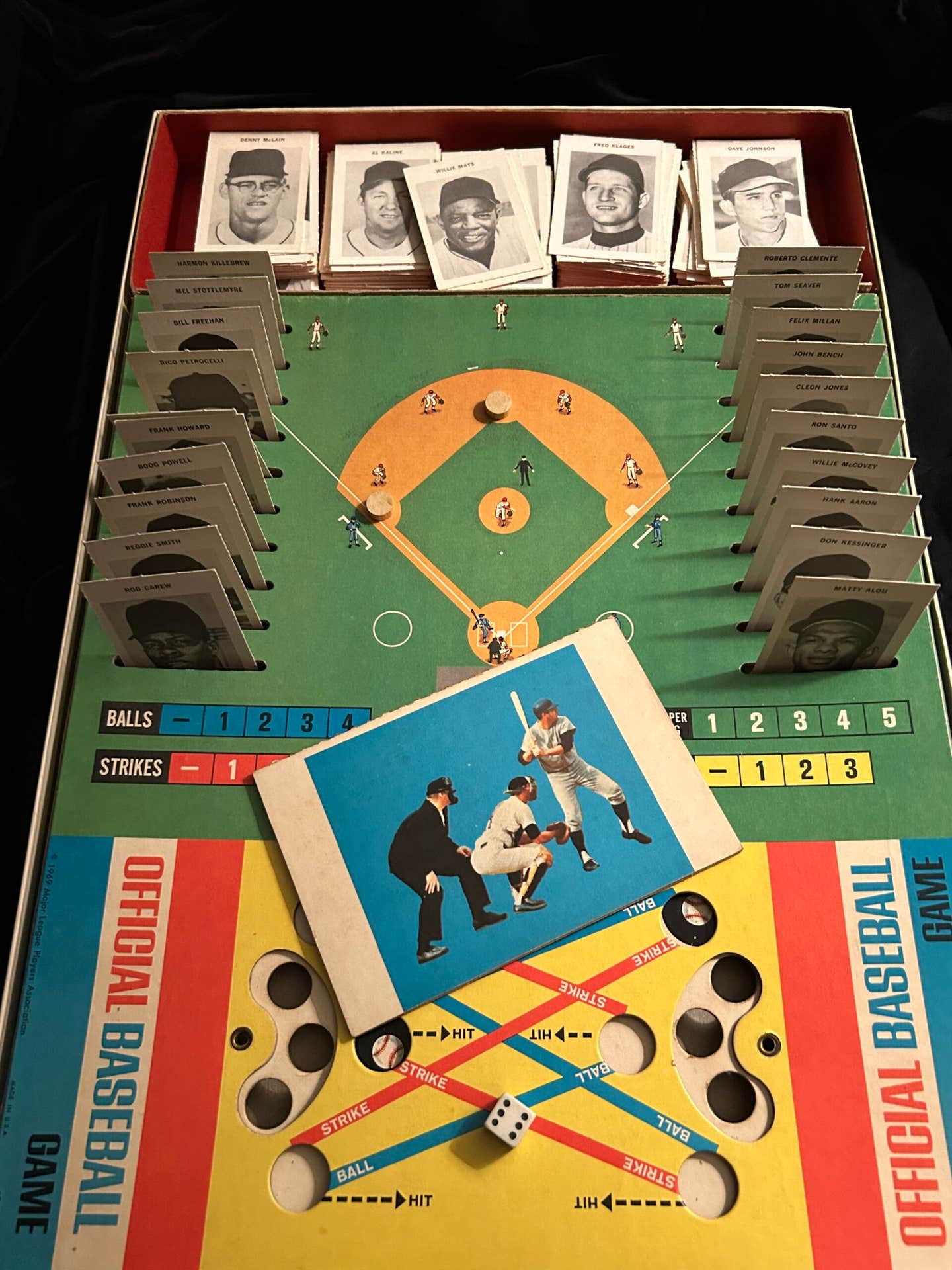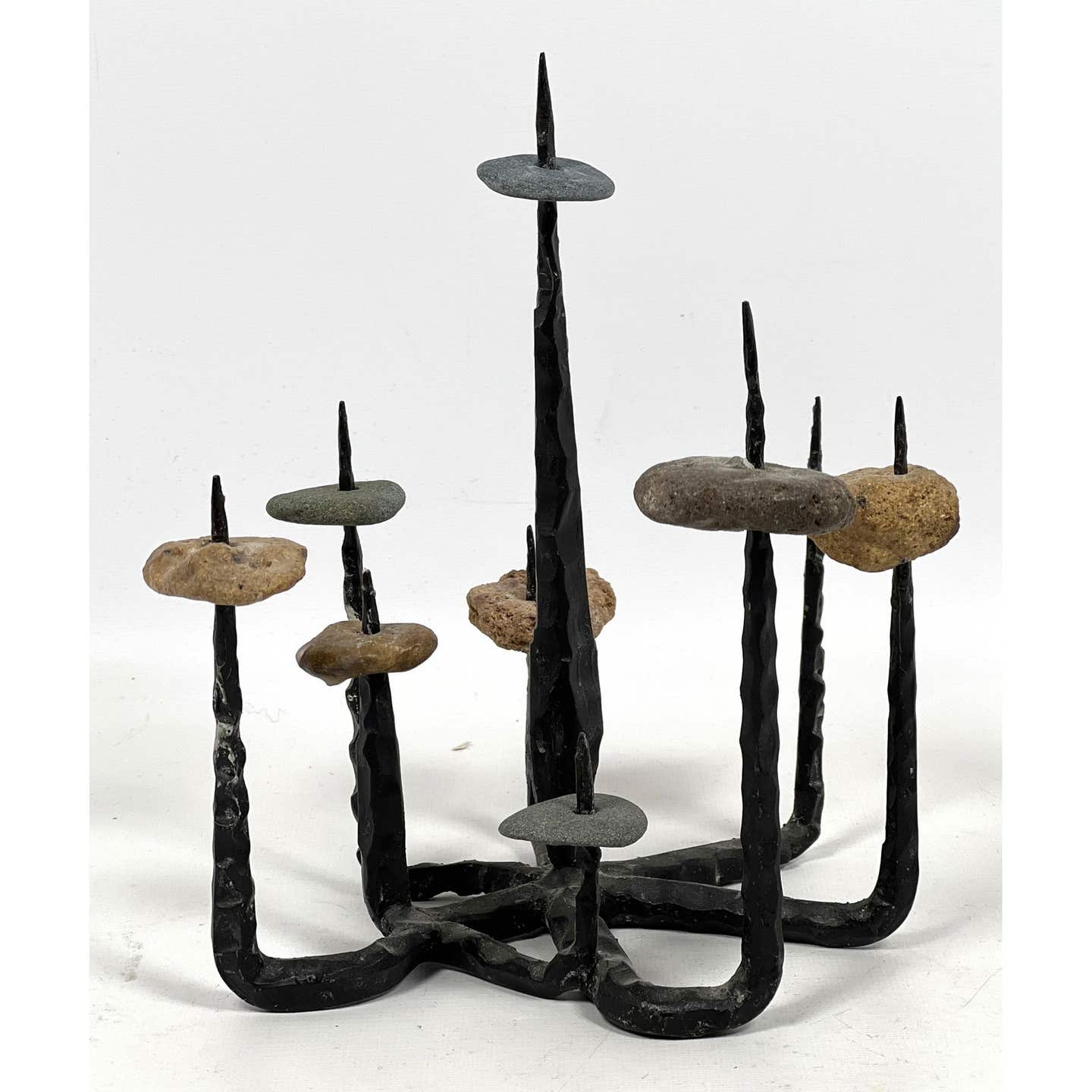Friday Favorite Flea Find: October 31, 2025
On America’s oldest residential street is a Windsor chair maker’s sign from 1755.
Hanging from a brick home in Philadelphia is a yellow, aged sign advertising a chair-maker's work. "Windsor Chair Makers Home," the sign reads, as it hangs from a wrought-iron arm and is supported by spindles commonly found on Windsor chairs. "CA. 1755 Operated by the Elfreth's Alley Assoc."
Windsor chairs were commonly used in homes and interior spaces in the 18th century, and are best known for their rounded back, saddle-shaped seats, and thin, carved spindle legs that splay outward. As described by famed photographer and antiquarian Wallace Nutting in his text, Windsor Chairs (1917), "The Windsor is the lightest of chairs, considering its durability. It is easily moved. And it is low in cost––at least, when new… Though its lines are so simple, it is at its best very dignified, attractive, and decorative. Indeed, so far have some admirers of it gone that they place it in a parlor."
Unlike today's digital advertising signs, this sign appears handmade, possibly crafted by the chair maker themselves. Have we time-traveled back to 18th-century Philadelphia? Well…kind of. This sign hangs on a home in Elfreth's Alley, a cobblestone street in Philadelphia's Old City neighborhood. Its claim to fame is that it is the country's oldest continuously inhabited residential street. The 32 Georgian- and Federal-style homes in this alley date from 1704 to 1836, with many retaining their original charm. Many of the homes, such as the Windsor chair maker's residence, were occupied by tradespeople who used the lower portion of their residences for businesses, including furniture making, glassblowing, and pewter smithing.
Although not exactly found at an antique fair, this sign would not be a strange sight at such a place. Antique trade signs advertising furniture makers and menders are quite collectible, yet rare to find, as they are often one-of-a-kind creations. They can be found at antique retailers and auction houses, both online and brick-and-mortar, and can go for thousands of dollars. Currency examples on the market include a 19th-century folk art upholstery trade sign on Chairish currently for sale at $2,800, and a late 19th-century cabinetmaker sign that is offered at a lower cost of $1,029.25 on eBay.
For more information about sign collecting and pricing, visit the Kovels Antique Trader Price Guide. Also, a big thank you to Visit Philadelphia for hosting Kovels Antique Trader in the City of Brotherly Love!
You may also like:
